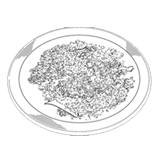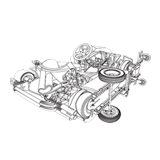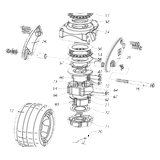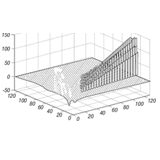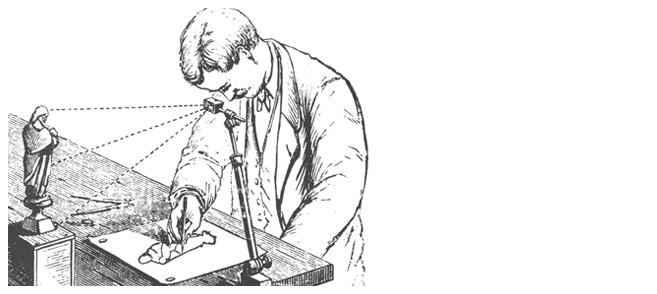How many times have you seen a new product on the market and said, “They took my idea!”? It happens more than one might think. In spite of this, the U.S. Patent and Trademark Office still receives over 350,000 patent applications every year. For this reason, when you do decide to patent your next great idea, you will need to understand the importance of including accurate and clear drawings that meet the USPTO criteria for the type of patent you are seeking.
Types of Patents
The United States Government offers three types of patents, all of which have specific criteria for submitting drawings as an essential part of the application process. Here is a brief introduction to the different kinds of patents:1. Utility Patents – These types of patents are granted based on the functional elements of the article. They cover the discovery, invention or useful improvement of a machine process, manufacture or chemical composition. In the simplest of terms, a utility patent protects the way the article works. For utility patents, every feature of the invention must appear in the drawing and be clearly labeled.2. Design Patents – These patents focus on the ornamental elements of the article in question. They cover the shape or configuration and the surface decoration of an article of manufacture. In short, design patents protect the way an article looks. Drawings for design patents begin with a drawing disclosure that illustrates the claimed design. This disclosure serves to protect the appearance described in the drawing itself.3. Plant Patents – A person can apply for a plant patent if he or she has invented or discovered a new, distinct plant, as long as said plant is capable of asexual reproduction. Photographs, permanent watercolor renderings, pencil or pen and ink drawings and so forth are acceptable ways of depicting the plant’s appearance. Such renderings must be faithful representations and must include all of the plant’s distinctive characteristics that are capable of being visually represented.Many inventions are better understood with the inclusion of drawings in the patent application. These drawings comprise the visual disclosure of the patent claim, which is why it is vital that patent drawings be accurately and clearly produced according the specific guidelines included above, as well as the USPTO’s patent drawing rules.
Creating Patent Drawings
When it comes to making the drawings for your patent application, you really have only two choices. You can create them yourself, or you can hire a professional draftsperson or artist who has experience with patent drawings; however, the best option is a combination of the two. Begin by creating a basic illustration of your invention yourself. Once you are satisfied that your drawing clearly conveys your invention (what it is, what it does, how it works, what it looks like, etc.), then you can decide if you want to take your drawing to a professional patent illustrator. This illustrator will ensure that the final technical depiction of your invention is in compliance with the drawing requirements of the U.S. Patent Office.
Submitting Patent Drawings
As of 2012, all patent drawings must be submitted in PDF format according to specific USPTO guidelines, which regulate margins, page numbering, identification indicia, views, scale, shading, legends and security markings. An important point to remember is that drawings are usually required to be in black ink. If your invention is best represented in a color drawing, you must submit a petition to the U.S. Patent Office asking permission to submit drawings in color. USPTO requirements for patent drawings are extremely explicit and comprehensive, and while the guidelines presented here provide a basic understanding of the process, anyone seeking a patent should take the time to review the requirements for drawings as outlined on the USPTO website.



